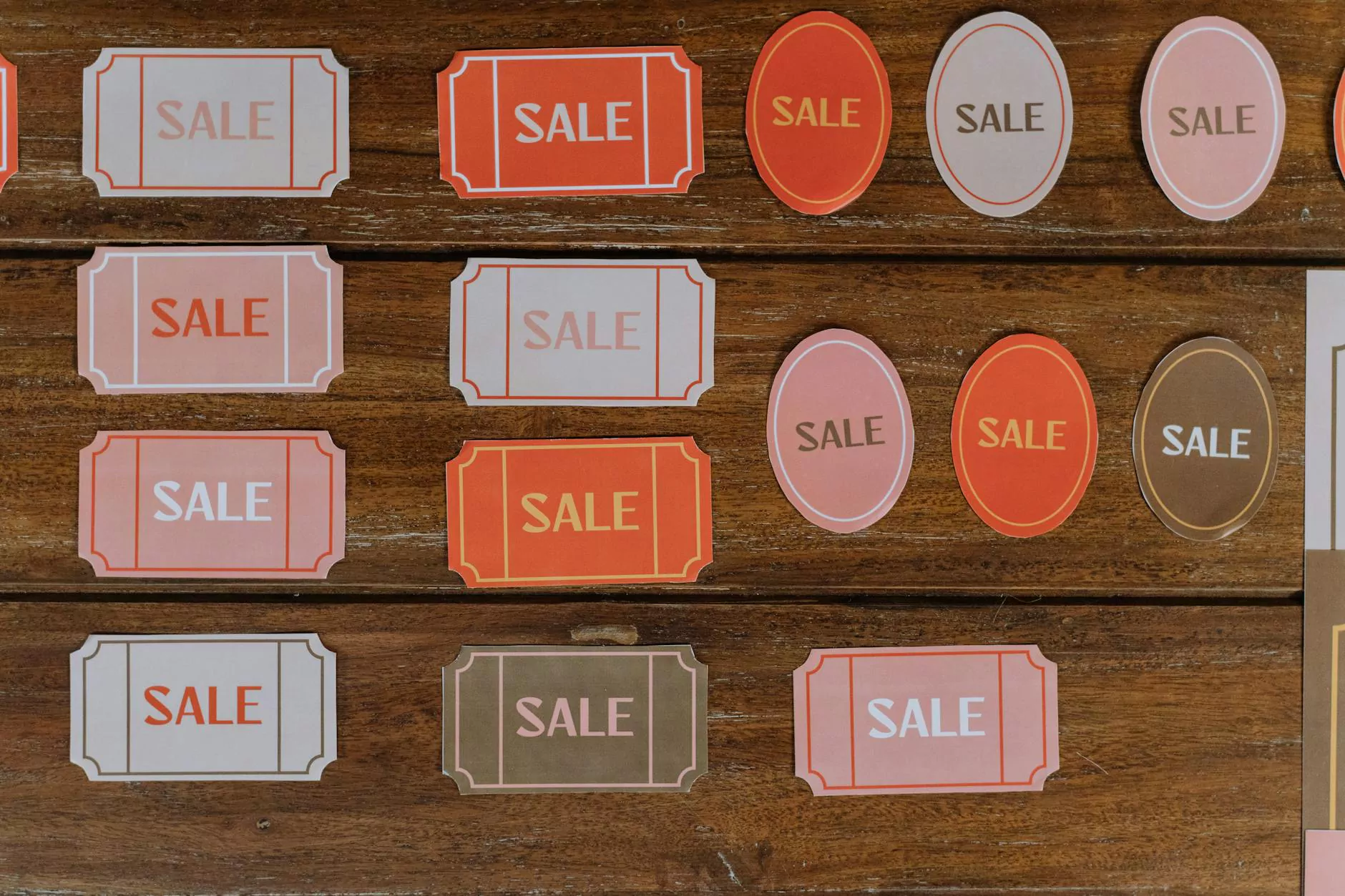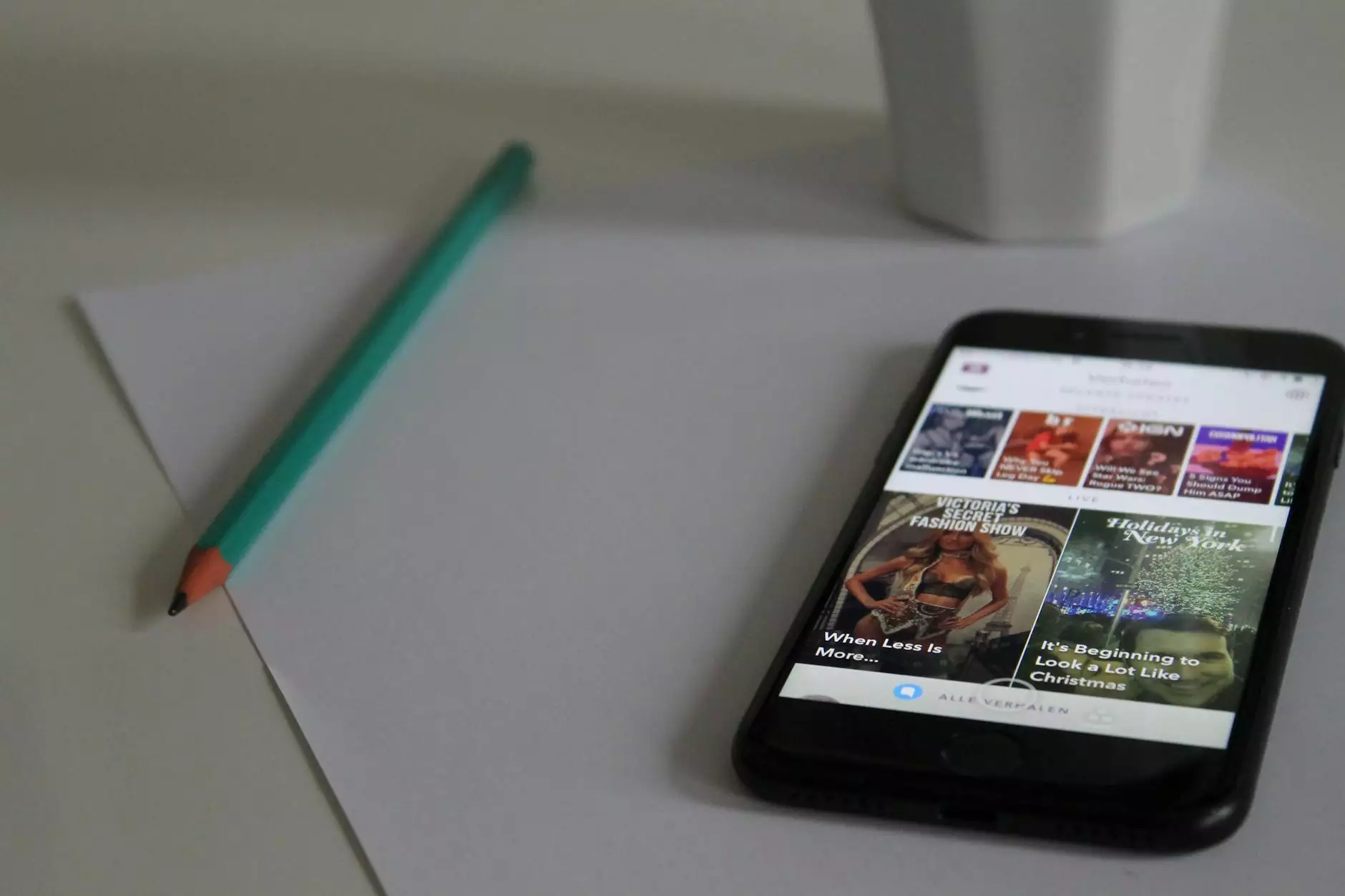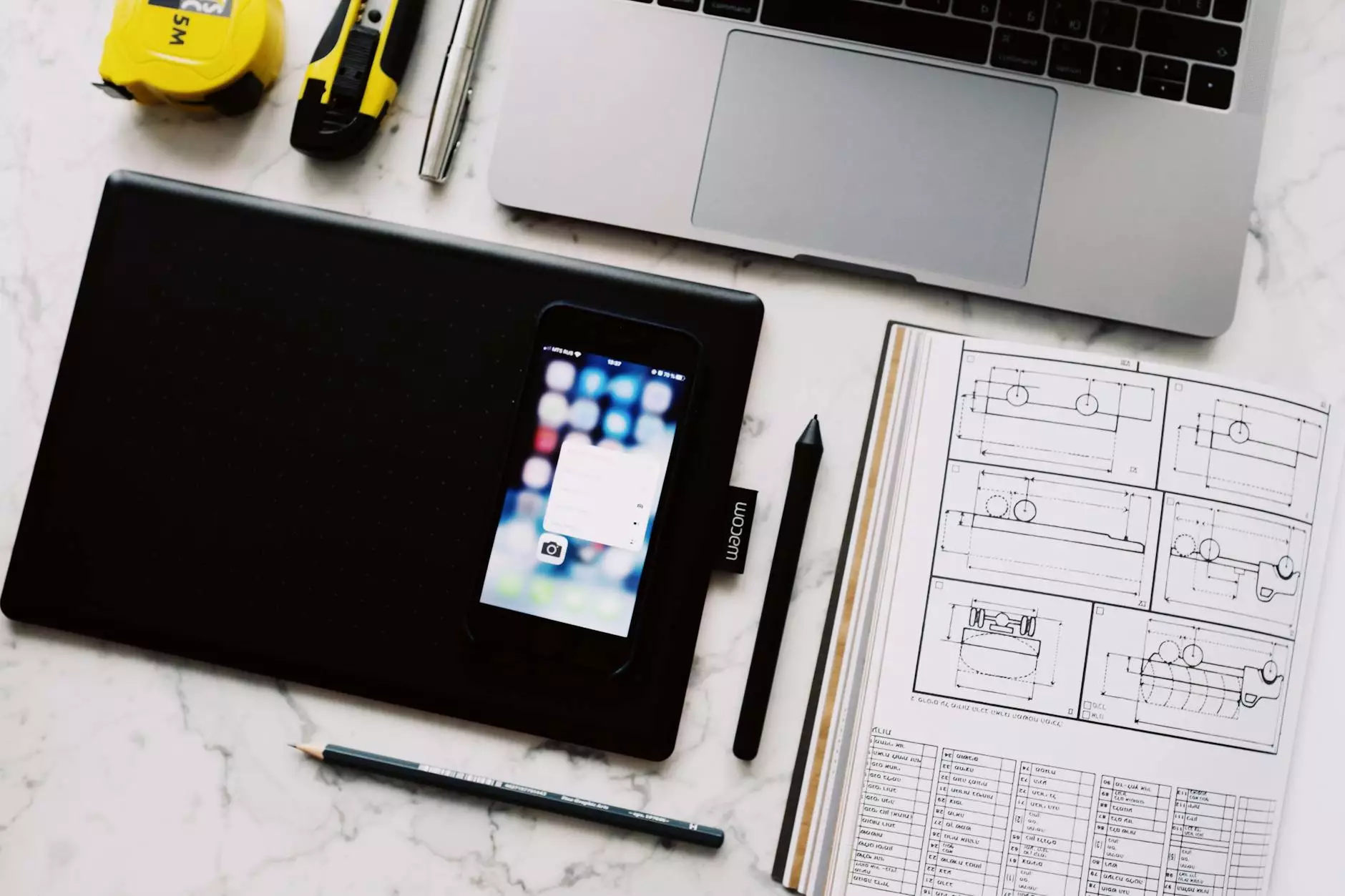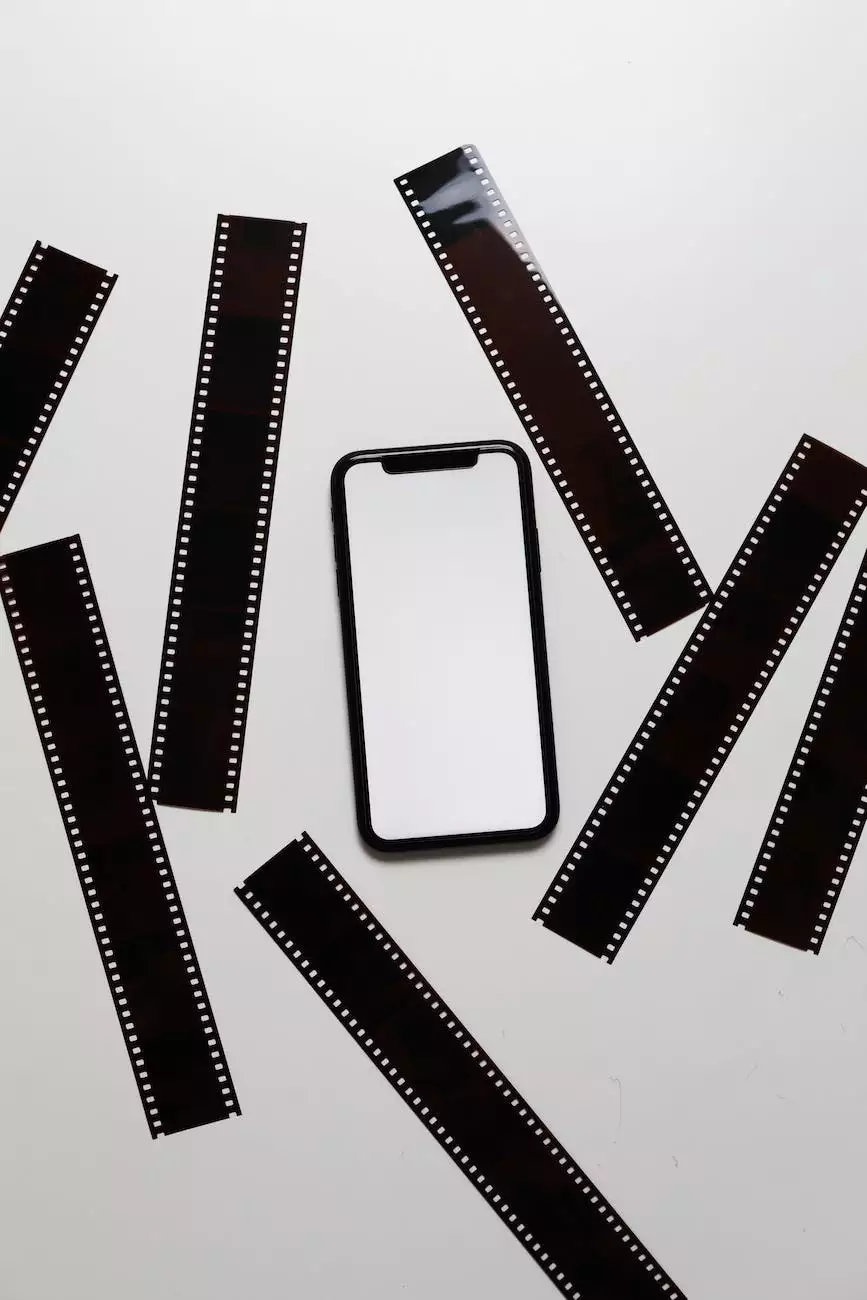How To Develop A Morse Code Translator App [2023]?
Development Partners
Welcome to Maslow Lumia Bartorillo Advertising, your trusted partner in the field of marketing and advertising. In today's technological landscape, app development has become an essential aspect of many businesses, providing them with a competitive edge. In this insightful guide, we will walk you through the process of developing a Morse Code translator app that will cater to the needs of your target audience.
Understanding the Significance of Morse Code
Morse Code, named after Samuel Morse, is a method used in telecommunications to encode text characters as sequences of two different signal durations, such as dots and dashes. Despite being an ancient form of communication, Morse Code holds a special place in the world of technology, providing users with a unique and nostalgic experience.
Over the years, Morse Code has gained popularity among various communities, including amateur radio operators, military personnel, and enthusiasts. By developing a Morse Code translator app, you can tap into this growing interest and cater to the needs of these passionate users.
Step-by-Step Guide to Developing a Morse Code Translator App
1. Define Your App's Purpose
Before plunging into the development process, it is crucial to define the purpose of your Morse Code translator app. Determine whether you want it to serve as a simple learning tool, a communication aid, or a sophisticated platform offering advanced features. Identifying the purpose will help you set clear objectives and make informed decisions throughout the development process.
2. Research User Requirements
Understanding your target audience is fundamental in developing an app that meets their specific requirements. Conduct thorough research to identify the key features and functionalities that your users expect from a Morse Code translator app. Consider their demographics, preferences, and potential use cases to create a user-centric experience that stands out from the competition.
3. Design an Intuitive User Interface
The user interface (UI) plays a pivotal role in the success of any app. Aim for a clean and intuitive design that simplifies the process of translating Morse Code. Include appropriate buttons, input fields, and visual cues to ensure a seamless user experience. Remember to prioritize usability and accessibility to accommodate users of different skill levels.
4. Develop Morse Code Translation Algorithms
The backbone of your Morse Code translator app lies in its ability to accurately translate Morse Code input into readable text and vice versa. Collaborate with skilled developers to create robust algorithms that handle various Morse Code patterns, including letters, numbers, and special characters. Rigorous testing and optimization are key to ensuring the accuracy and reliability of your translation feature.
5. Implement Audio Playback and Input Methods
To enhance the user experience, it is essential to incorporate audio playback capabilities in your app. Users should be able to listen to Morse Code translations for better understanding and learning. Additionally, provide diverse input methods, such as tapping or swiping, to cater to user preferences and device compatibility.
6. Include Educational Resources and Learning Tools
Go beyond the basic translation features by including educational resources and learning tools within your app. This can include interactive tutorials, flashcards, quizzes, and reference materials to help users grasp the intricacies of Morse Code. By offering a comprehensive learning experience, you differentiate your app and cater to a broader audience.
Marketing and Monetization Strategies
Once you have developed your Morse Code translator app, it is crucial to implement effective marketing and monetization strategies. Here are some key steps:
1. App Store Optimization (ASO)
Optimize your app store listings by carefully selecting relevant keywords, crafting a compelling app description, and using eye-catching visuals. This will improve your app's visibility and chances of ranking higher in app store search results.
2. Social Media Promotion
Utilize various social media platforms to create awareness about your Morse Code translator app. Engage with your target audience, share useful tips, and encourage user-generated content to foster a community around your app. This will help increase brand visibility and attract more downloads.
3. Collaborate with Influencers
Partner with influencers or experts in the field of Morse Code, technology, or language learning to promote your app. Their endorsement and testimonials can significantly impact your app's credibility and reach a wider audience.
4. Freemium and In-App Purchases
Consider offering a freemium model with limited features and enticing users to upgrade to a paid version for full access. You can also incorporate in-app purchases for additional features, customization options, or premium content, providing a revenue stream for your app.
5. Continuous Updates and User Feedback
Regularly update your Morse Code translator app to fix bugs, introduce new features, and respond to user feedback. Prioritize user satisfaction and engagement to build a loyal user base and encourage positive reviews.
Conclusion
In conclusion, developing a Morse Code translator app in 2023 can be a rewarding venture for Maslow Lumia Bartorillo Advertising and its clients. By understanding the significance of Morse Code, following a step-by-step development process, and implementing effective marketing strategies, you can create an app that stands out in the market and garners significant user attention. Embrace innovation and seize the opportunity to contribute to the evolving world of technology and communication.










